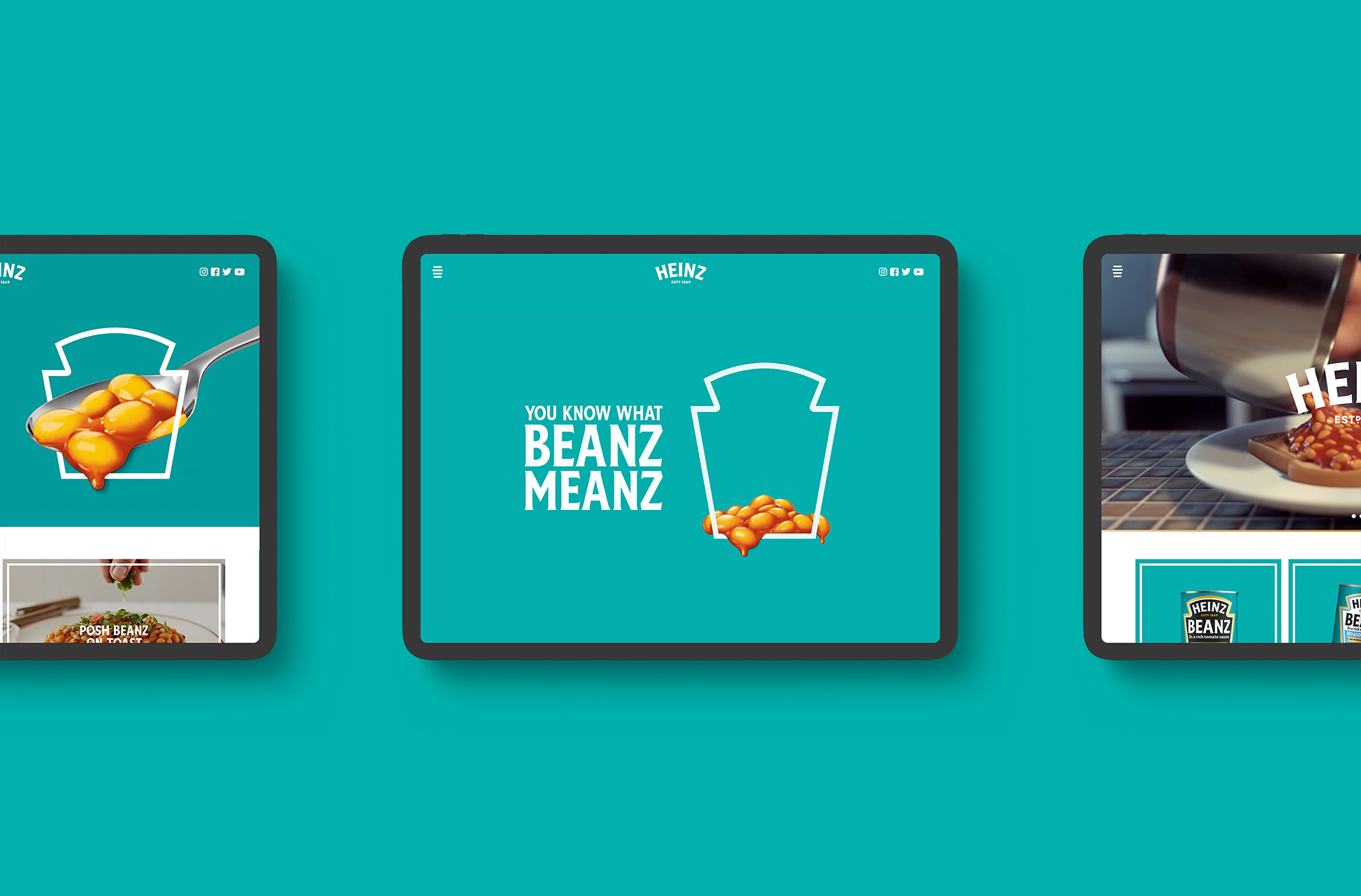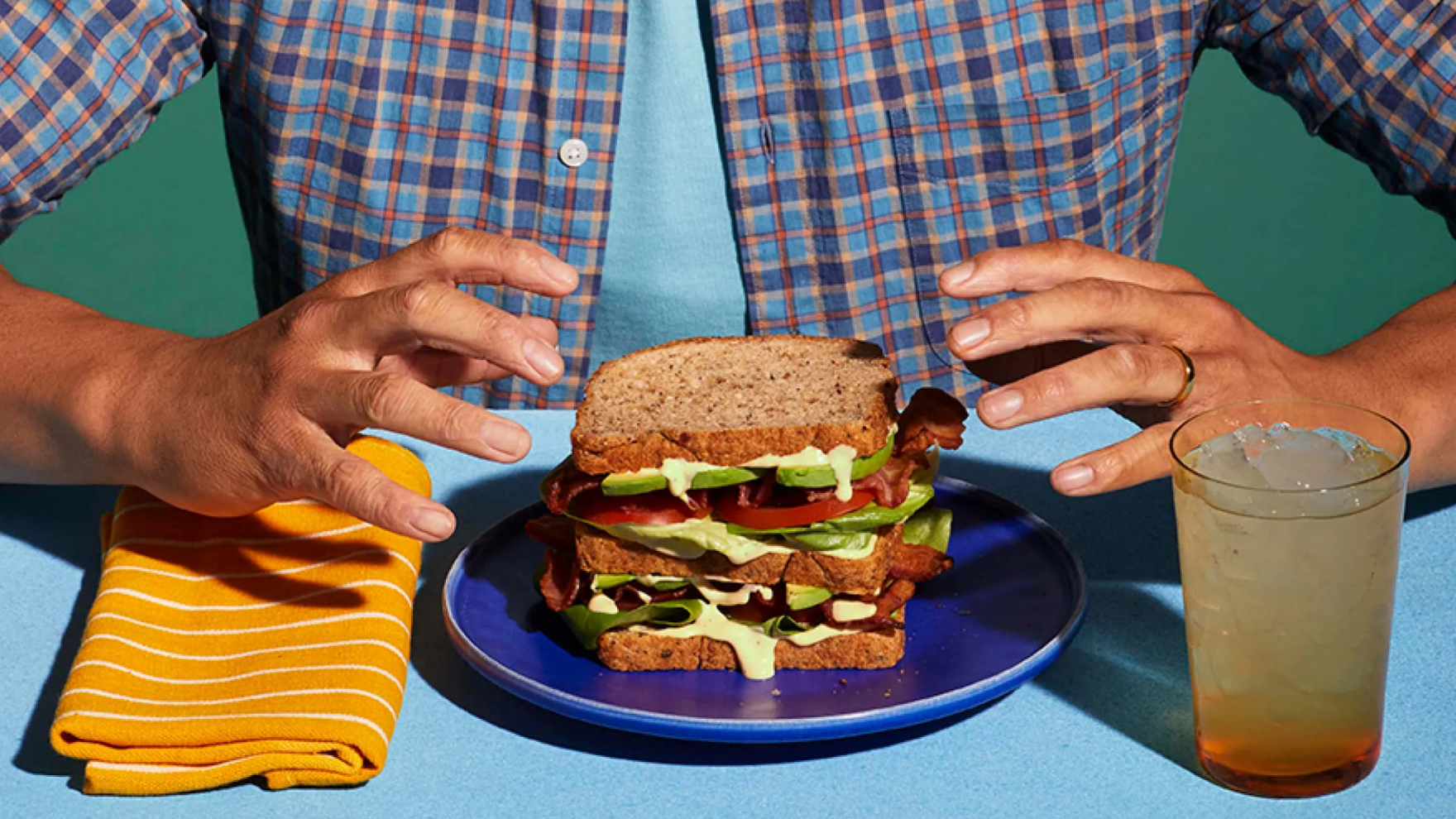There is a tendency in the B2B e-commerce sector to look across to the top B2C brands and play down the applicability of the features and techniques that make their sites market leaders. The idea that stylish sites and flashy features only fit the B2C model, while B2B should focus on the bread and butter options to fit the typically measured and professional tone of voice that many B2B brands use. This is misplaced thinking, based on the division of B2B and B2C. In reality, there are businesses, there are customers, and there is e-commerce. Shopper psychology spans across each; the features that allow B2C brands to excel in the online space are there because they work. Chiefly, personalisation.
Personalisation has always played a role in commerce. In the past, personalisation existed in retail as an in-store assistant, and in industry as a sales rep that would build a relationship with the customer over time, learning their needs, their pain points and how they liked to conduct their business. These approaches have always led to a much improved buying experience; faster, easier and more accurate. But these relationships take time to build; it’s a long term process of listening, learning and responding. And while human-to-human contact is still very much valued, digital technology, data tracking and analysis can bear the load. When implemented well, personalisation can speed up sales cycles and nurture prospects into loyal customers.
Advancements in digital technology have radically cut the time it takes to understand each individual customer and provide a personalised commerce experience. This technology is widely available, often built in to your content management system; all businesses now have the ability to implement personalisation strategies into their marketing and commerce efforts. This is good news, seeing as smart personalisation engines used to recognise customer intent can lead to an average profit increase of 15%. The flipside to this, is that personalisation has moved from an added benefit of certain businesses to an expected feature across every experience. 33% of consumers abandoned a business relationship last year because of a lack of personalisation. This is a necessity, not a nice to have feature.
Utilising account specific data
When starting to think about how your business can use personalisation in its commerce sales funnel, begin by thinking about how the company can collect data about customers and visitors. It’s important to begin with data capture, as the implementation of features depends on the type of data collected.
For specific customers, data primarily comes through the account creation process: job function; past purchases; which pages they have previously visited on the site; their dwell time; on-site search history, and so on. If the current data collection on account creation is limited, build this out for future customers and consider requesting current users to update their profile with more information upon their next login. Rather than hiding the motive, make it clear that the company will be using the data for an improved, personalised shopping experience. This clarity will boost the numbers opting in to data sharing, as it clearly offers a mutually beneficial exchange.
Putting this in place, electronics manufacturer Omron was able to create a site that adapts to the needs of each visitor. By using information on the job function of each logged in visitor, the Omron site could dynamically adapt and funnel distributors, systems integrators, Omron employees and end users to the appropriate pages. This is a simple solution, using just one piece of data to adapt the site, but it has a major impact, with the ability to scale up personalisation based on further gathered information.
Making use of automatically collected data
Thinking about data capture also means thinking about the information that is automatically collected when a user visits the site, whether logged in or not. Their location data, the search term that brought them to the site, their onsite user journey – all of this information can inform your personalisation approach. Personalisation based on this information is subtle, possibly unnoticed as the visitor explores the website. They may not recognise the personalised experience, but will come away thinking that the shopping experience was quick and easy.
This also applies to classic customer segmentations, a general grouping based around shared behaviours. Personalisation doesn’t always mean single individuals. These segmentations can be useful when thinking about broader data automatically collected by new visitors to the site, as the depth of information isn’t there to create an individual response. As an example, an electronic parts company could use site search data to establish a segmentation that prominently displays associated purchases to visitors.
With an understanding of how data is collected, your business can begin planning the execution. At this stage, think in terms of what can be done onsite and off-site. While it is easier to control the onsite content and design, focusing solely on the website can see businesses missing out on the opportunity to fine tune their contact with customers through advertising and direct messaging.
Dynamic content
Onsite, dynamic content is a useful tool to make use of. This is content that adapts based on the data that is fed into the CMS, whether it is account data, previous purchases, search terms, and so on. The most obvious use is often found in the leisure and tourism space; if a visitor clicks on a number of pages relating to Italian destinations, the site can adapt the background images on more general pages to show Rome, Venice and Florence.
In the B2B space, dynamic content can be used to display relevant information, based on what is known of the customer. If they have listed their job function as logistics, they can be shown contextual information on delivery times and options, while a member of the finance team will see more about pricing options and different payment plans.
Accelerating everyday tasks
Speeding up common processes is another use, particularly helpful when looking to keep long term customers engaged. There will be a number of actions that returning customers have to redo with each visit, the most obvious example being adding items to the basket.
This is particularly important for B2B commerce as orders can be large and complex, and customers are more likely to repeat their orders when compared to B2C. Improving reordering was a key feature when developing Brenntag’s new commerce platform, Brenntag Connect.
As a chemical distributor, Brenntag has a strict process when allowing new customers to use their service. Customers are typically placing large, identical orders, leading Brenntag to create an automation service that places repeat orders and provides relevant contextual information when customers need to make an adjustment. This is a clear indicator of why it’s important to remember that personalisation is not fitting to how customers buy, it’s fitting to how customers behave.
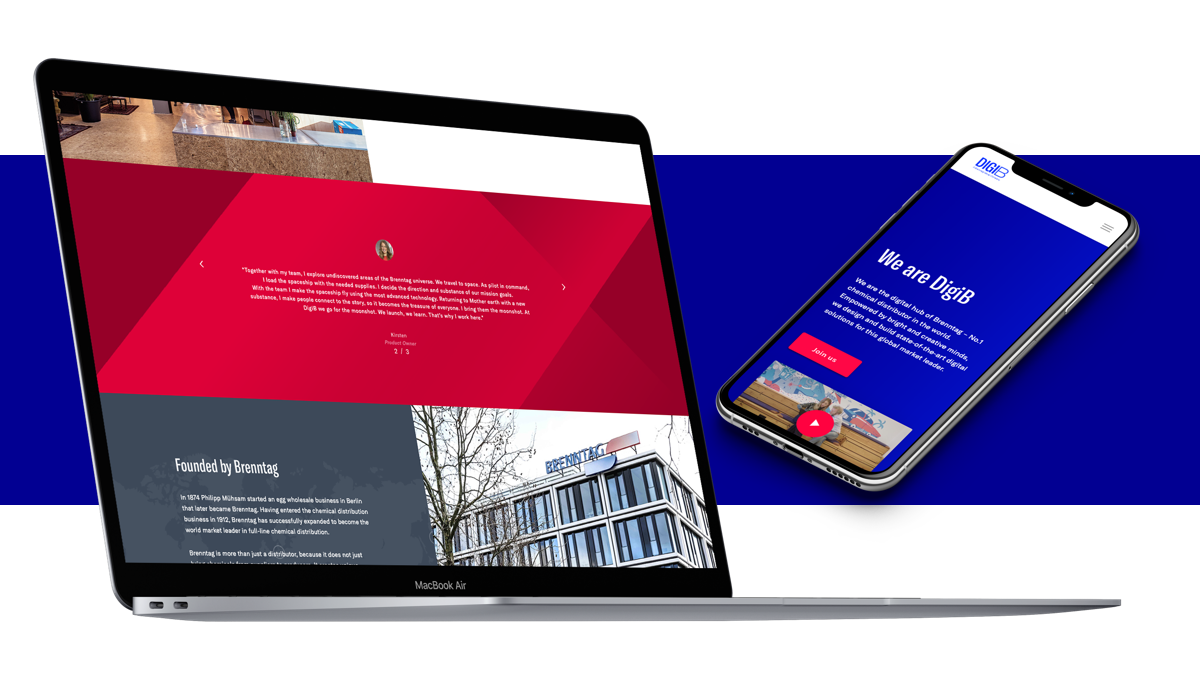
Supplying more information to upsell
When customers are returning to reorder from your company, there is an opportunity to upsell existing products and promote new ones. This goes beyond ‘customers who bought X also bought Y’. This form of personalisation should aim to suggest alterations and explain the reasoning, based on the specific customer’s order. Think of it as a digital representation of the sales rep relationship, understanding the developments in a customer’s business and reacting with new solutions.
It can also be developed into a website feature, an interactive problem solving flowchart or chatbot that allows visitors to input their problem or need and see what solutions the company would suggest.
Optimising site speed
Not every on-site personalisation improvement is interactive and clear for customers to see. Adding in predictive loading is one example, a feature that speeds up the load time for each page on your site based on similar customer journeys.
Customers may never realise that the site they visit uses predictive loading, but they will notice if a site is slow to load. Selling needs to be as smooth as possible; slow loading leads to a larger bounce rate. Installing features, like predictive loading, that uses the information gathered when analysing personalisation can ensure the process never stalls.
Off-site actions
Personalisation also applies to actions that the company makes off-site. Email is one area, automated workflows for customers that left the site without checking can bring them back, boosting conversion through reminders and specialised offers. This can similarly be used for surrounding purchases, following the frequency of repeat purchasing or the typical time it takes for a customer to branch out to a new product.
Also consider how the purchasing journey exists across different touchpoints such as apps, social media and face-to-face meetings. Is it easy to bring up the customer profile and optimise their order based on this information? This kind of integration creates a seamless experience, perfect for B2B’s longer, omnichannel purchasing journeys.
Facilitate an easier commerce experience
In each recommendation, the end goal of facilitating a faster, easier, more accurate commerce experience remains the number one priority. By hitting each aim, the business makes each customer more likely to checkout, more likely to return, and more likely to talk to people in their industry about how great purchasing from your business is. These improvements build up, a snowball effect that ultimately results in increased sales and larger, loyal customer base.
More Insights?
View all InsightsQuestions?
Managing Director UK
Brian Robinson

Reflektion, an AI-powered digital search platform, is the latest company Sitecore has acquired as part of its $1.2 billion growth plans. It is the fourth this year, following Sitecore’s acquisition of Four51, Boxever and Moosend, expanding its digital offer and accelerating its plan to deliver the first integrated, SaaS-based digital experience platform (DXP).
The latest acquisition came as no surprise to DEPT®’s technical experts, who have been closely following Sitecore’s plans to future-ready its platform capabilities. Without doubt, digital disruption is on the horizon, but what do these acquisitions mean for Sitecore, and how will they impact the future direction of its solutions? We’ve explored just that.
The acquisitions
Reflektion: An AI-powered digital search platform designed to process huge datasets in order to understand, evaluate and predict patterns, context, and needs. The SaaS-based platform can detect trends in real-time, assisting companies in converting shoppers into buyers and driving customer engagement. Reflektion elevates search into a conversational, guided experience that provides more personal, accessible, and tailored answers for the customer. The platform can be leveraged across all aspects of the Sitecore DXP, from transforming product data into understandable consumer-friendly language to understanding shopper intent, behaviour and product preferences.
Boxever: A customer data platform that combines data and AI to give brands the power to deliver smart and seamless digital experiences to customers. Boxever provides an interface for decisioning and personalisation based on either bulk data transfer, static decision tables or via an API query. The graphical canvas allows marketers to create and experiment with customer data in real time and adapt the content delivered to them to make interactions more relevant and engaging.
Four51: A headless commerce platform for delivering modern B2B shopping experiences. The API-first, cloud-based architecture is highly customisable, giving businesses free rein over the UI of store fronts and omnichannel activity, creating a streamlined system to provide shopping solutions for even the most complex digital business processes.
Moosend: A marketing automation platform that comes with a host of powerful capabilities and features that are intended to be highly simplistic in use, adopting a drag and drop interface rather than coding. The user-friendly interface means beginners can use this service to quickly build the most effective campaigns. The cloud-native, API-first platform powers targeted, revenue-enhancing campaigns tied to basket abandonment, product recommendation and promotions.
Sitecore evolution
There are three key areas (personalisation, artificial intelligence and API-first) that have been significantly strengthened as a result of Sitecore’s acquisitions, supporting its aim to position itself as leaders in the digital experience market. These functionalities also provide particular benefit to retail and e-commerce businesses, helping to bridge the offering gap between Sitecore and its perceived competition, as well as address some of the weaknesses identified in the Gartner report on Critical Capabilities for Digital Experience Platforms.
Personalisation
Each of the acquisitions offers opportunities to improve automated personalisation, helping businesses to deliver experiences that are appropriately targeted at customers at different stages in the journey. Every touchpoint has the potential to be personalised content, such as offers specific to previous purchases, interests, or real time browsing behaviour. For example, Boxever offers ‘decision as a service’ with thousands of built in workflow steps that integrate customer data to provide real-time, calculated actions using both historic and live customer data. It will be interesting to see how this complements or replaces the existing Sitecore CDP and how this fits into the existing integration framework.
With an increasing focus on e-commerce, Sitecore now has the tools to leverage highly engaging content that maximises conversion. There are also low or no code options, reducing barriers of entry for content teams so that there is no requirement for specialised development or data scientists to deliver optimised experiences.
Artificial Intelligence
The extensive use of artificial intelligence across the acquired platforms significantly boosts Sitecore customers’ ability to continually learn and refine decision making which, in turn, will help to improve customer experiences. Both Reflektion and Boxever are focused on providing content through AI that is most relevant to the user based on existing data and current journey context, while Four51 and Moosend are focused on automating marketing and ordering journeys. All of this should help to reduce the effort in creating experiences that improve engagement and conversion, providing adaptable and ever-learning components that are accessible to content creators, rather than requiring expensive development.
API-first
With each of the acquired platforms being API-first, they will be the driving force in Sitecore’s aim to offer the first SaaS-based composable DXP. This will allow companies to select the appropriate APIs to build solutions that perfectly meet their needs and deliver optimised customer experiences at speed. It will also provide the means to measure performance and experiment in real time, which will drastically reduce the time taken to report on successes or failures to teams who can then enhance, adjust and optimise more efficiently.
These additions will significantly bolster what is already possible within Sitecore’s existing SaaS platform, Experience Edge, to help businesses produce truly customer-centric experiences and solutions. Additionally, by providing these services as SaaS, Sitecore is lowering the barrier to entry and removing the need for dedicated customer infrastructure, in contrast to non-composable DXPs where infrastructure would need to be reviewed and would likely require further expenditure to deliver a new capability.
Composability from a customer POV
DEPT®’s technical team is curious as to how Sitecore clients will transition from traditional DXPs to SaaS. From a functionality point of view, there are many benefits. The composable approach provides the tools for more agility and freedom. For example, being free from vendor lock-in, organisations will have the ability to build a tech stack based on their needs and report on ROI more accurately. The technology also makes it possible for organisations to implement and respond to changes quickly. Depending on how Sitecore manages integrations in the future, there may also be the potential to mix in third party services such as the customer’s own customer data platform (CDP) or marketing automation tooling.
It’s important not to overlook some of the challenges this could pose for existing clients. The transition from traditional DXPs to SaaS may take some getting used to, however it will be some time before they feel this impact. On balance, DEPT®’s technical team find the expansion of intelligence and ability to keep pace with ever-changing demands a smart and exciting development for their clients, as Sitecore will be better positioned to support them for the future.
What’s next?
These new capabilities provide the potential means to elevate the customisation and integration of existing Sitecore components. For example, we speculate that Boxever could be used to pull content from Content Hub based on a customer’s interests or between these new components. Another possible integration could be customising Moosend email campaigns based on Four51 order purchases or customer interests.
While each SaaS solution is an individual component that will form the basis of Sitecore’s composable DXP, we anticipate that Sitecore will invest in the connectors between these platforms to provide a pre-built (but still customisable) solution, enabling the rapid construction of digital experiences. However, DEPT®’s technical team suggests gradually introducing new functionalities and platforms over a period of time in order to build a DXP solution that perfectly meets their needs, rather than investing upfront in a pre-built stack. This process can be expedited for more digitally mature companies or those with previous experience of DXPs.
The evolution of Sitecore is fast and exciting, priming the company to lead the way in the transformation of digital experience platforms. Sitecore has established a strong position in the market by offering an increasing range of features and models that are designed to create unforgettable digital experiences.
For advice on what type of DXP solution is right for your business, get in touch with our team of experts today.
More Insights?
View all InsightsQuestions?
Technical Director
Mark Wright
We’re DEPT®/CPG, a team supporting some of the world’s leading consumer packaged goods brands for more than 20 years.
Our unique blend of creative, media, AI and data, retail media, marketplaces, social, and emerging tech help CPG brands stay ahead in a world that never stands still.

Turning everyday brands into culture and lifestyle leaders
The consumer packaged goods (CPG) industry is constantly in a state of flux. As new disruptors emerge, food and beverage, health and beauty, home care, and pet care brands must continuously battle for attention in physical and digital marketplaces. All the while, legacy tech systems, convoluted supply chains, and macroeconomic challenges are squeezing margins and causing inefficient operations.
To succeed in this complex and competitive industry, brands need to take a modern, data-first approach to engage with consumers, earn their trust, and keep their loyalty. Because in this era of conscious consumerism, the old rules of brand engagement cease to apply.
With 20+ years of CPG experience, we’re helping brands master emerging technology, deliver unique and personalised experiences, and balance eco-friendly and ethical practices with profitability.
DEPT®/CPG puts data-driven decision-making and digital customer experience at the center of your business operations to:
Scale personalisation
By leveraging creative, data, and AI capabilities, we support next-level personalisation, with bespoke creative for global audiences.
Build brands that inspire and influence
Our approach transforms buying experiences, making them intuitive and memorable. Through authentic creator collaborations and storytelling, we ensure your brand resonates deeply with your audience. Every interaction counts.
Pioneer commerce
Our team can help you achieve your biggest commerce and retail goals, from streamlining B2B purchases to launching irresistible D2C offerings. By partnering with top technology platforms and leading retail media providers, we provide the agility, innovation, and scale needed to stay ahead in the market.
End-to-end digital experience
Integrated capabilities that build CPG brands that inspire, grow, and innovate.
ALL SERVICES
AI-powered lifecycle marketing and content at scale
We excel in rolling out Lifecycle Marketing strategies that boost customer loyalty and growth. Our unique blend of creativity, data and AI, along with proprietary automation tools, allow for personalised messages that build lasting loyalty at scale.

Branding and Influence
Turn your brand values into action with creative activations and lively online communities. Leading in influencer marketing, we design social media strategies that embody your brand and boost engagement, visibility, and sales.

Retail Media
We team up with big names like Amazon, Walmart, and Bol.com, using our tech expertise to boost your retail campaigns everywhere. By automating product info, using AI, and optimising processes, we’re all about hitting your e-commerce goals.

CX and Commerce
Enhance your conversion rates and sustain customer engagement with end-to-end commerce solutions. We craft effective, branded shopping experiences on your platform that seamlessly blend inspiration, engagement, and sales.

Data and AI
Gain control over your data and use it as a competitive advantage. Our creative, data, and AI team delivers next-level personalisation and helps you make the right decisions at the right time to accelerate growth.

Immersive Experiences
Want to explore creative tech like spatial computing, AR/VR, gaming, and AI? We can help you redefine your shopping experiences, making them engaging and seamless for audiences both online and offline.
Understanding the unique challenges of CPG
Shoppers interact with and buy consumer packaged goods daily. But for household name brands to direct-to-consumer disruptors, becoming—and remaining—a customer’s brand of choice for their everyday purchases is a challenge that requires a strategic and innovative approach to both tech and marketing. In the vast landscape of CPG, we help brands gain a competitive edge in their categories.
Food and beverage
We craft digital marketing campaigns with standout creative that make FMCG brands a beacon in the crowded food and beverage space. Our social media strategies and influencer collaborations are designed to cultivate brand loyalty while championing the virtues of ingredient transparency and sustainability in every message.
Health and beauty
Strategic and sophisticated marketing ensures health and beauty brands not only compete but excel above competitors. Through engaging, educational content and personalized marketing, we can help you build customer loyalty while emphasizing your brand’s unique benefits.
Home care
Home care brands face unique hurdles, notably in distinguishing their products from lower-priced retailer offerings. Through targeted marketing campaigns, we ensure the advantages and correct application of products are communicated effectively, setting brands apart in a competitive market.
Pet care
We recognize the rising market demand for high-quality, specialized pet care products. Through our expertise in e-commerce and subscription models, we transform brands’ online presence to adapt to evolving shopping habits that secure their place in the homes of devoted pet owners.
Deep industry experience












































We’ve had the pleasure of working with some of the world’s most impactful and innovative CPG brands.

Beiersdorf / NIVEA
Accelerating digital growth using Salesforce Marketing Cloud
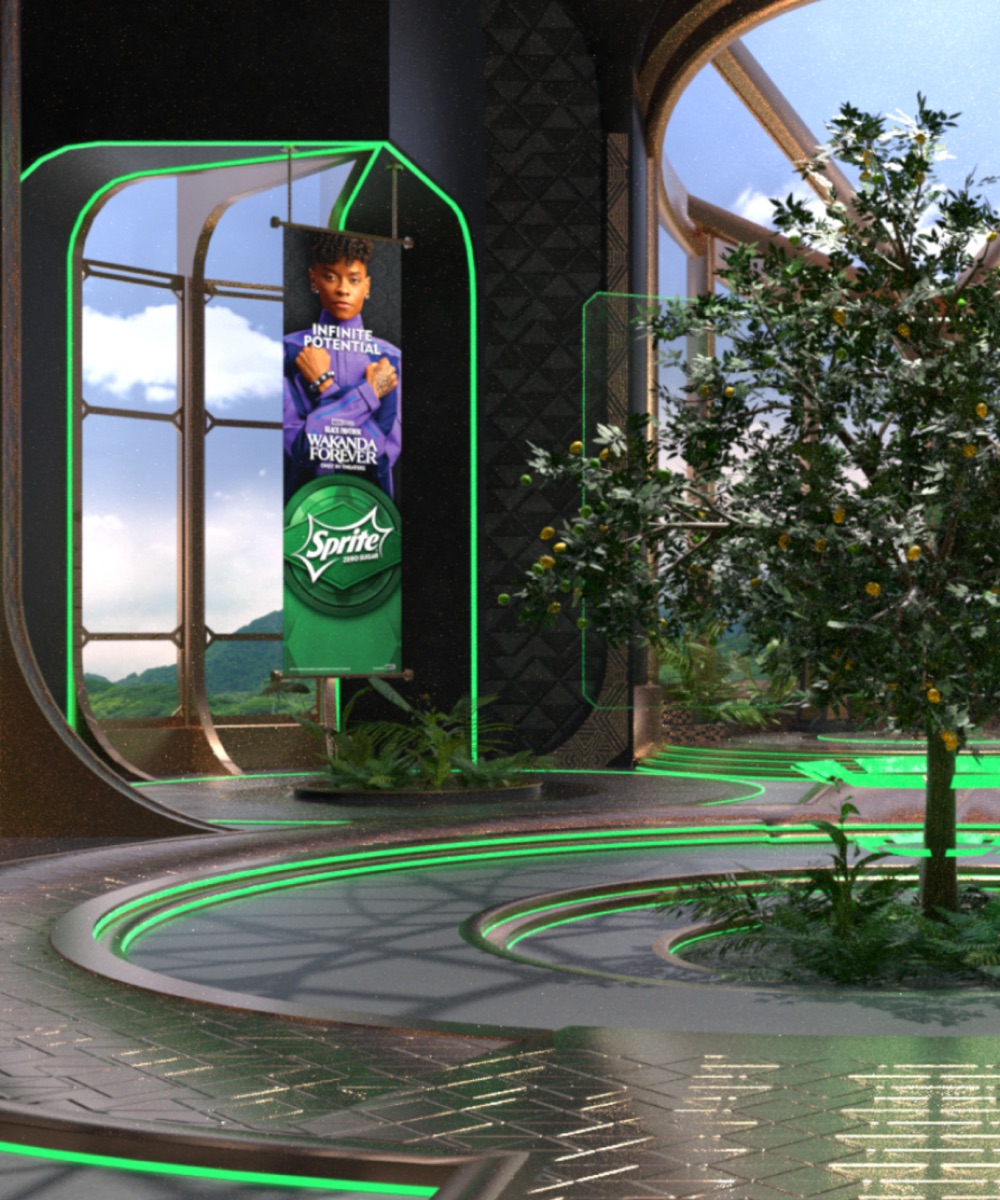
Sprite
Creating a cutting-edge experience for Marvel’s Black Panther: Wakanda Forever

Barilla
Barilla Pesto Week: Encouraging pasta lovers to purchase pesto

Johnnie Walker
A tenacious approach to reclaiming regional brand relevance
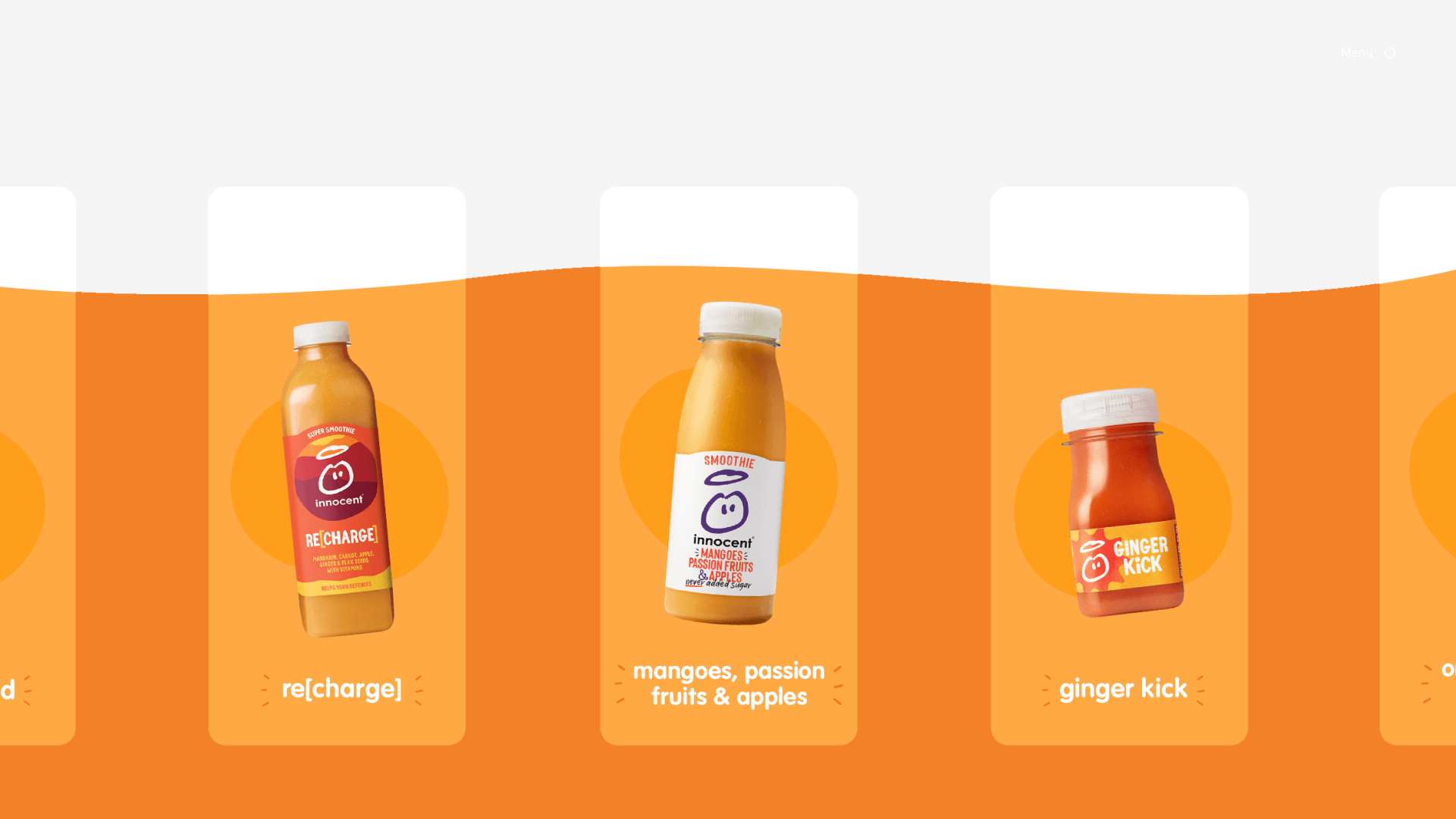
Innocent
Delighting with every touch, swipe or scroll

Douglas
The beauty lies in the design
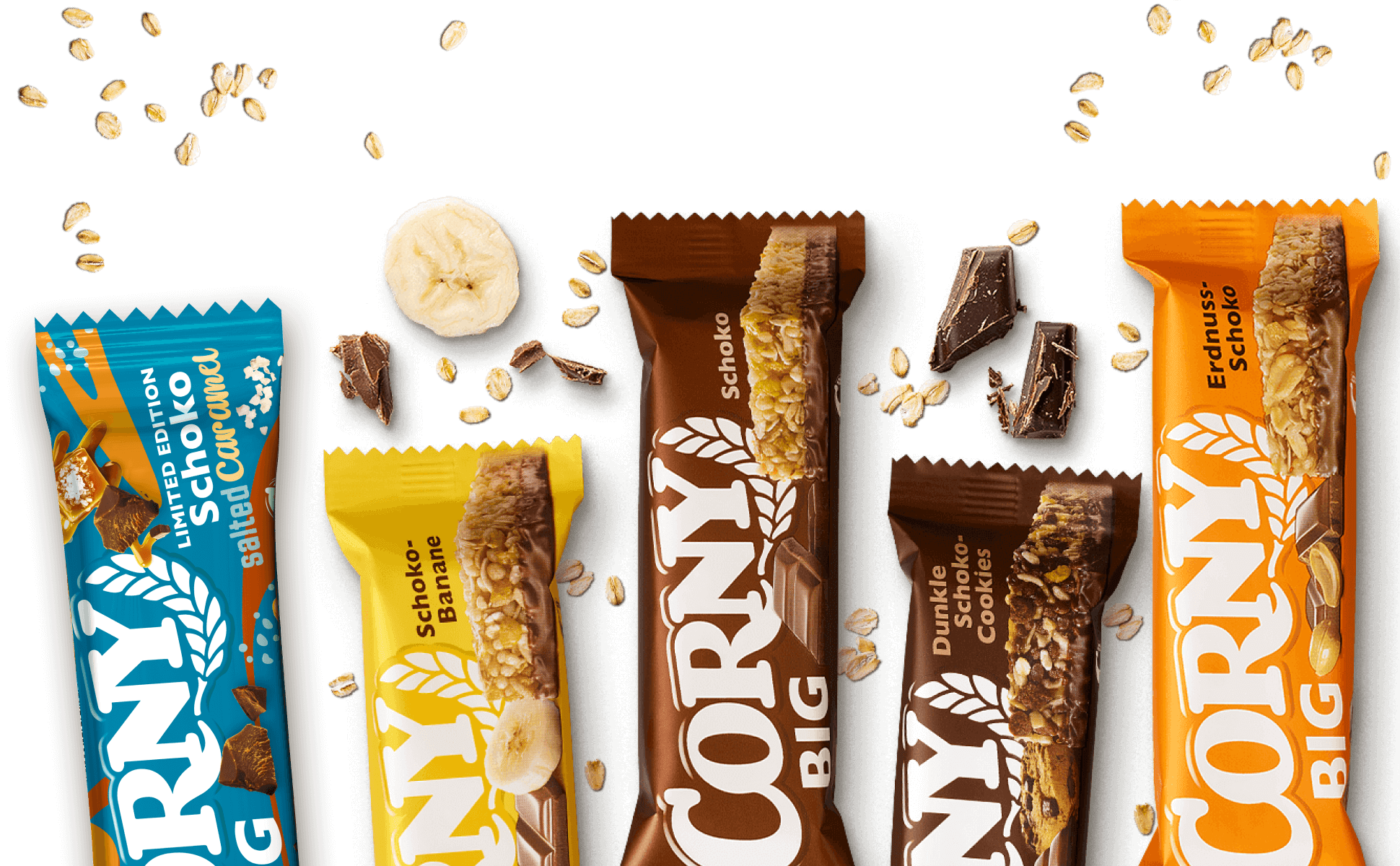
Schwartau
Raising the bar: Multiple flavours under one branding

Chocomel
The sweet chocolate taste of nostalgia
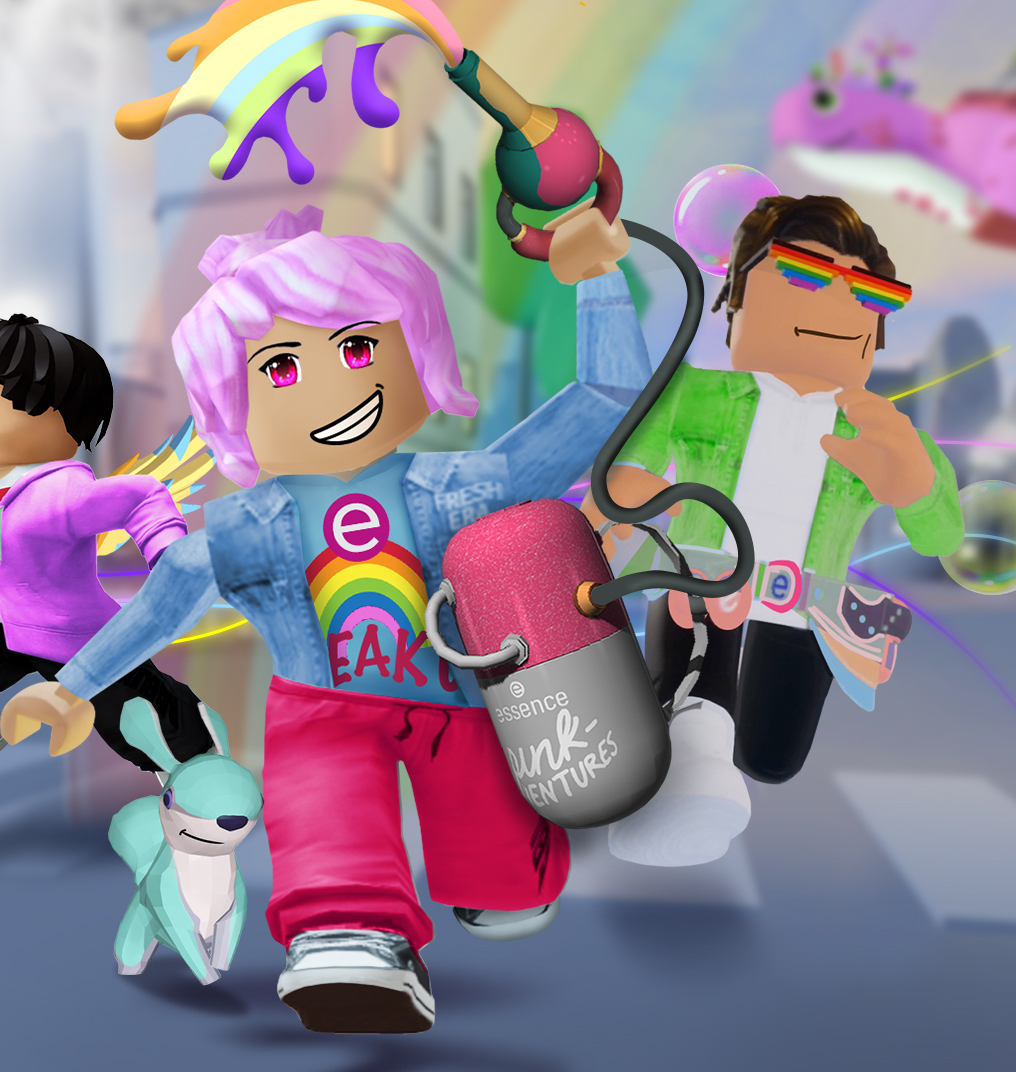
Cosnova
Make beauty fun with a colourful Roblox Experience for Gen Z and Alpha
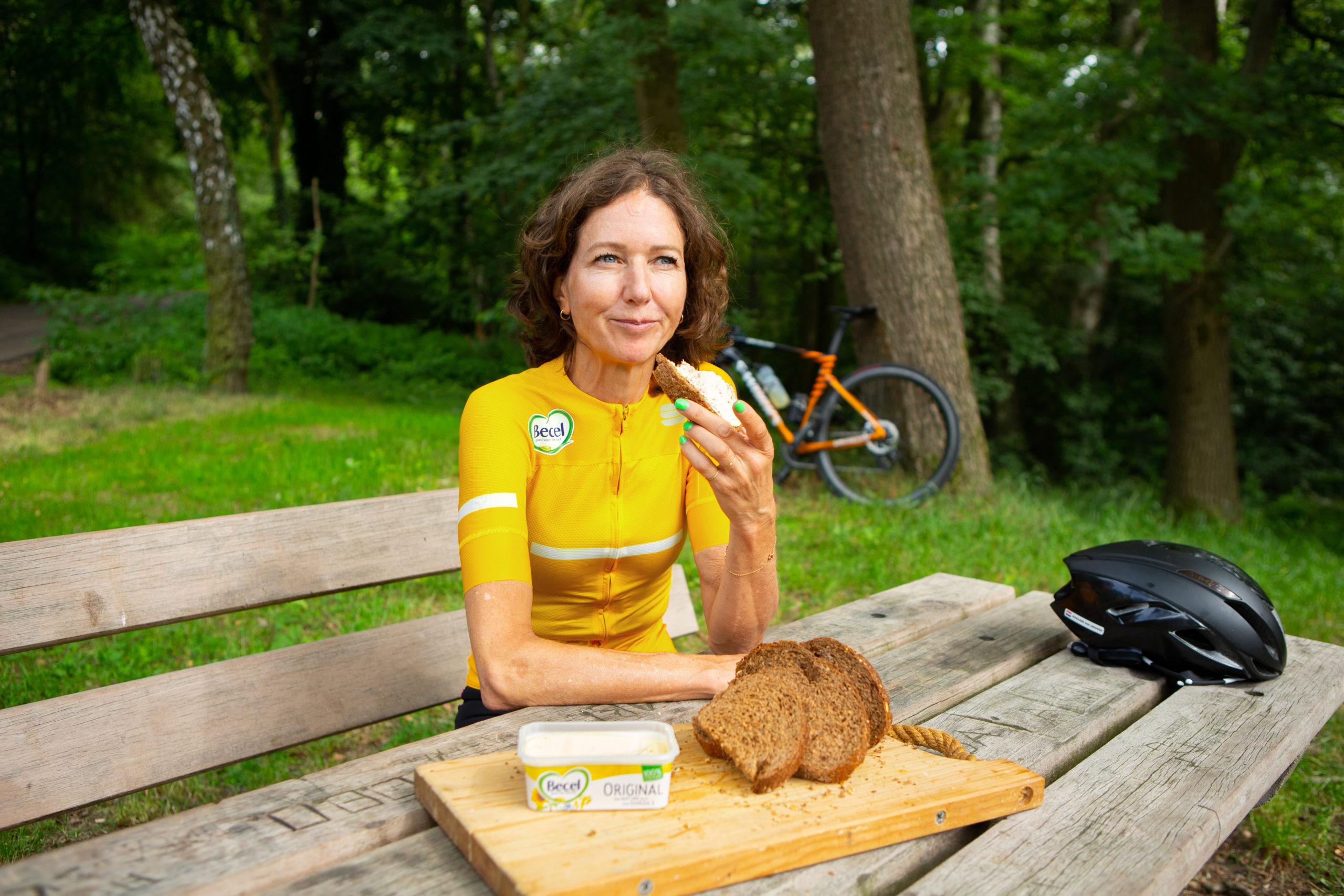
Becel
Promoting a healthy lifestyle with a dynamic campaign

Paula’s Choice
A new affiliate program for branding and performance

PetSafe
Unleashing a pet-centric e-commerce experience
Drop us a line
Ready to stand out on the (digital) shelf? Get in touch today to discuss how DEPT® can help you achieve your goals.








